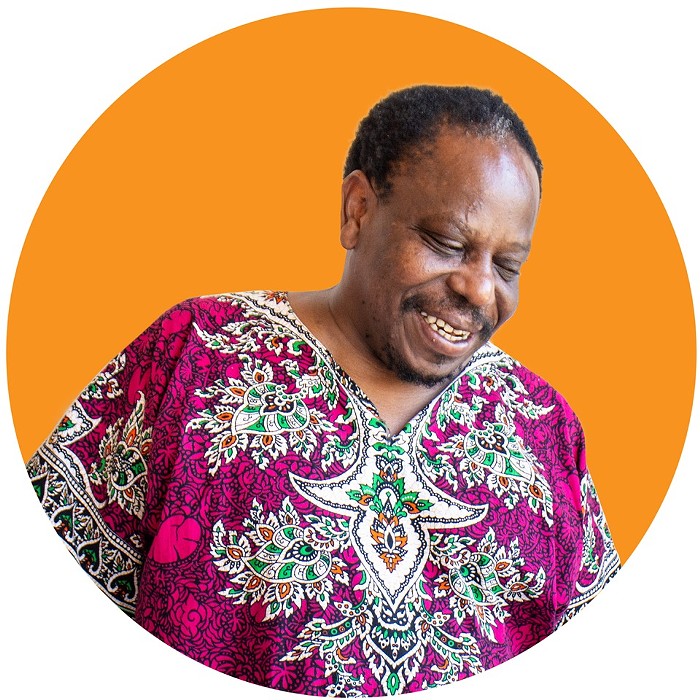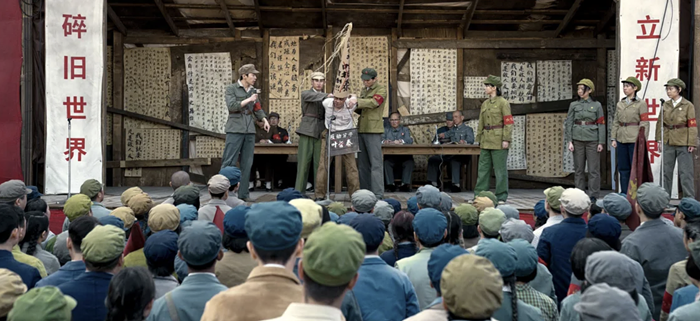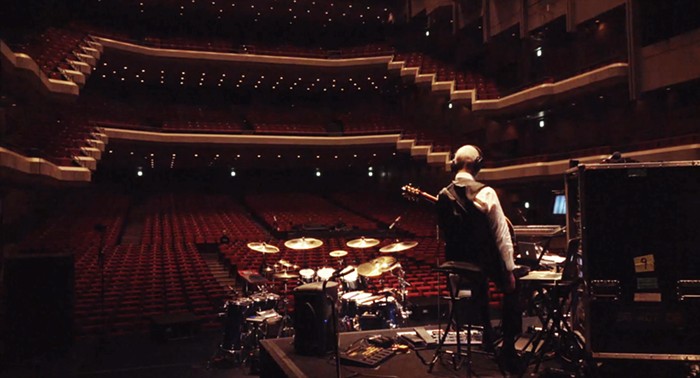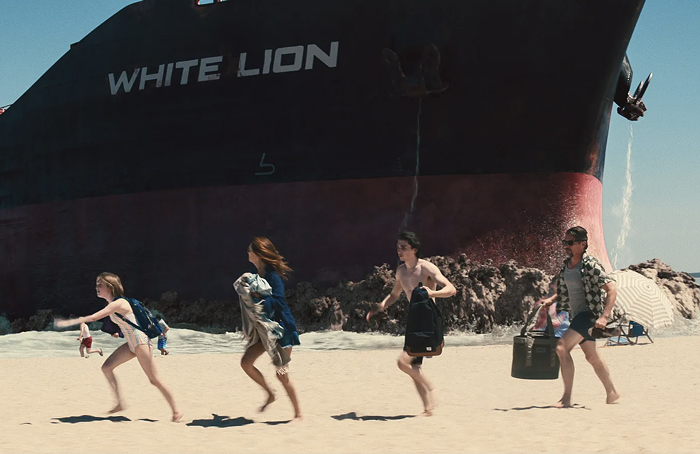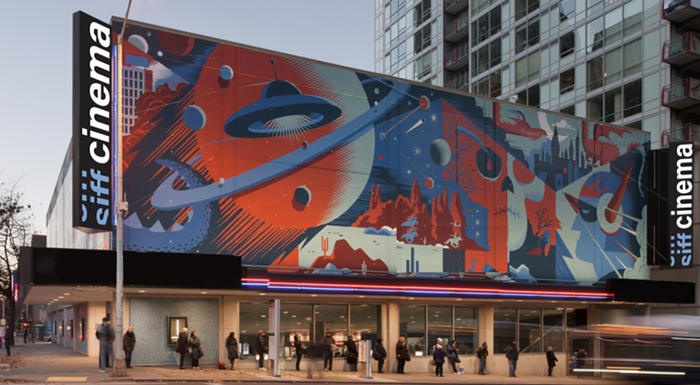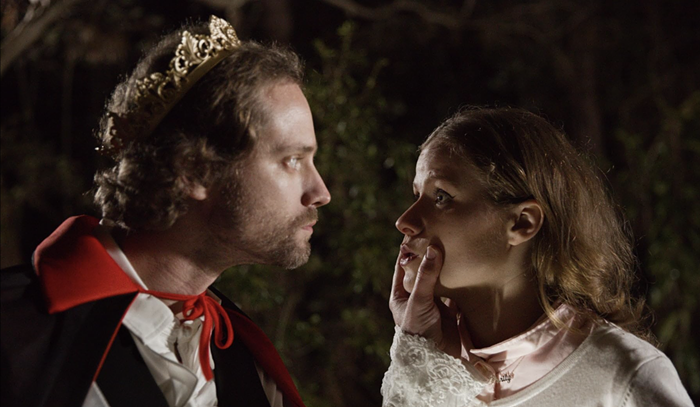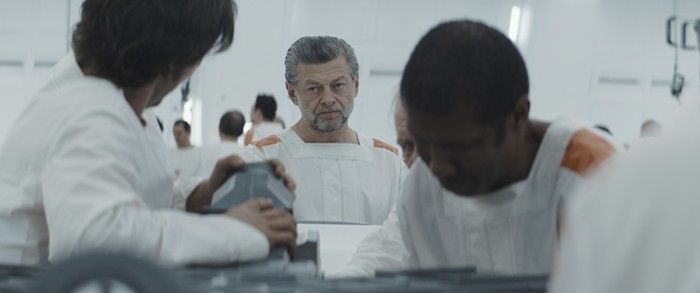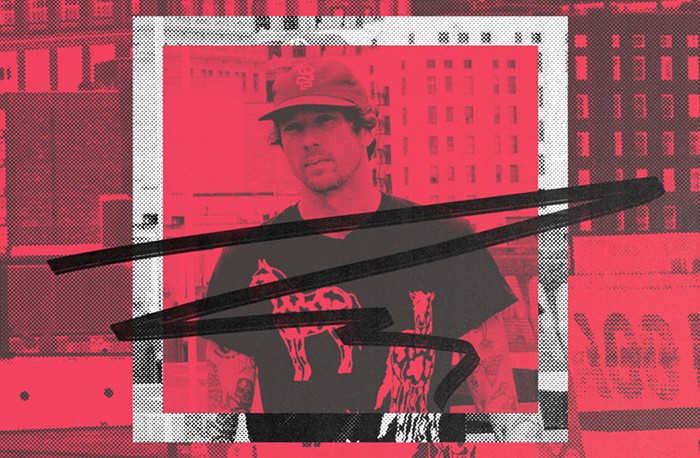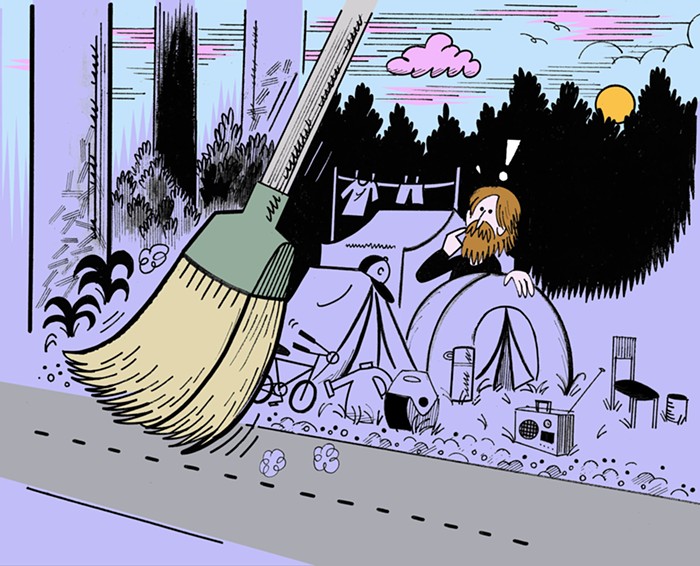Here are two things that cannot be contested: The greatest film made by a black American is Charles Burnett's To Sleep with Anger, and the greatest film made by a black African is Djibril Diop Mambéty's Hyenas.
These films have a lot in common. To begin with, they were released in the early 1990s (the former in 1990, the latter in 1992), and they are very polished works with themes, philosophical depths, and plot structures that are more literary than cinematic. For example, To Sleep with Anger, which stars Danny Glover as a villain who visits and upsets the comfortable world of a black middle-class family (the film was certainly paid for with money Glover made from the lucrative Lethal Weapon series), draws heavily from black American folklore, and it has a script with the density of a Harlem Renaissance novel (it's closer to Jean Toomer than James Baldwin).
For Hyenas, the Senegalese Mambéty faithfully adapted, of all things, a mid-century Swiss-German play, Friedrich Dürrenmatt's The Visit. In this film, Mambéty's second to last feature (he died in 1998), the plot of the European modernist play is packed with black African folklore and imagery. Both Anger and Hyenas are also longish, slowish, and end with an almost magical death.
It's an interesting coincidence that the first features by these two black directors also have much in common: Mambéty's is Touki Bouki (1973) and Burnett's is Killer of Sheep (1978). Both are unpolished and very experimental works. Both feature a disconnected, melancholy couple, and both have disturbing sequences that involve the butchery of farm animals (cattle in the former, sheep in the latter). There is more: Both have great soundtracks, striking actors, and are set in a big city. In the way you will find almost nothing in common between Killer of Sheep and To Sleep with Anger, you will find nothing in common between Touki Bouki and Hyenas. In both cases, the second work is made by a master who has complete control of his art form (its images, language, developments, actors—and their bodies, their rooms, their faces). The first work is just the energy, the will, the madness of raw genius.
Touki Bouki is not an easy film to describe. It is about a young man and woman. They might be in love. How they met, we do not know. They live in a modern African city, and they do not exactly fit with the modern world or the traditional one. They spend much of the film on a motorcycle with cattle horns mounted on the handlebars. They seem to be looking for something but are clearly going nowhere. Then they meet a gay man at a posh hotel, steal his clothes, become local celebrities, and then try to flee the country.
The last act of this film will blow your mind. It reaches the condition of a music video. It has two tunes: One is Afro-funk, and the other is an orchestral blend of jazz horns, electro, funk, and Afro-pop. The second tune steals the show. It swells and soars as the lovers (or whatever they are) rush to the seaport to catch the next ship to France. They sit in the back of a convertible, passing small and big businesses, modernist office buildings, government and military officers. There's an indication of the genius of Mambéty—successor to the only other African director to achieve world-class status, Ousmane Sembène—but it won't reach full flower until Hyenas. The last act of Touki Bouki is impressive, but it's still too messy, too experimental, too impatient.
There's another, more telling difference between Killer of Sheep and Touki Bouki. Thanks to support from the Hollywood director Steven Soderbergh, Killer of Sheep was revived in 2007, did well in art houses across the country, received a high-profile DVD and Blu-ray release, and, as a consequence, became much better known than Burnett's best film, To Sleep with Anger. In the absence of a famous white patron, Touki Bouki, which was recently restored by World Cinema Project (you will dig the colors in this new print), is nowhere near as well-known.

